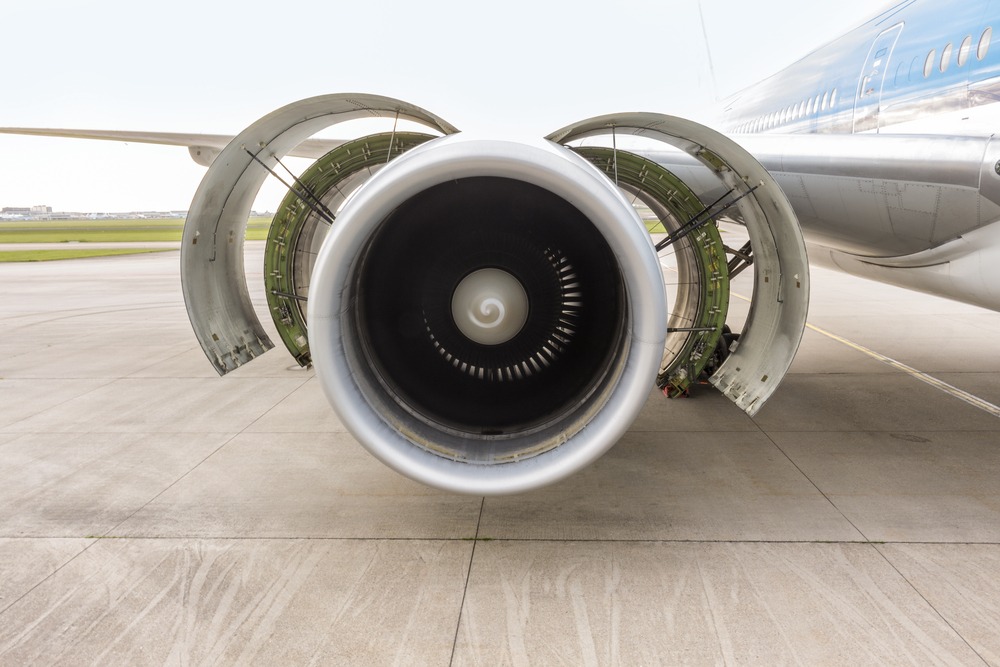
The Federal Aviation Administration (FAA) recently announced the adoption of Federal Aviation Regulations Part 23, which is designed to increase the installation of safety-enhancing technologies at a lower cost as well as keep pace with new designs and concepts.
“This regulatory approach recognizes there is more than one way to deliver on safety,” the FAA said. “It offers a way for industry and the FAA to collaborate on new technologies and to keep pace with evolving aviation designs and concepts.”
The regulation applies to aircraft weighing less than 19,000 pounds and having less than 20 seats. These airplanes will have current requirements for designs and technologies replaced with performance-based standards and consensus-based compliance methods.
New certification standards also are established under the regulation for addressing accidents stemming from the loss of control–in flight and in-flight icing conditions.
It provides what the FAA calls “regulatory harmonization” between the FAA and civil aviation regulators in other nations. This should reduce certification costs for aircraft and engine manufacturers who want to certify their products for the global market.
The regulation was first published in December in response to a Congressional mandate directing the FAA to streamline approval of safety advancements for general aviation aircraft.